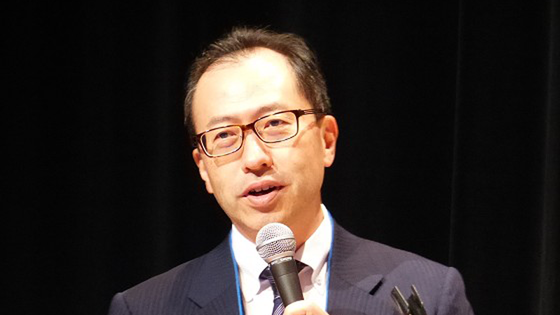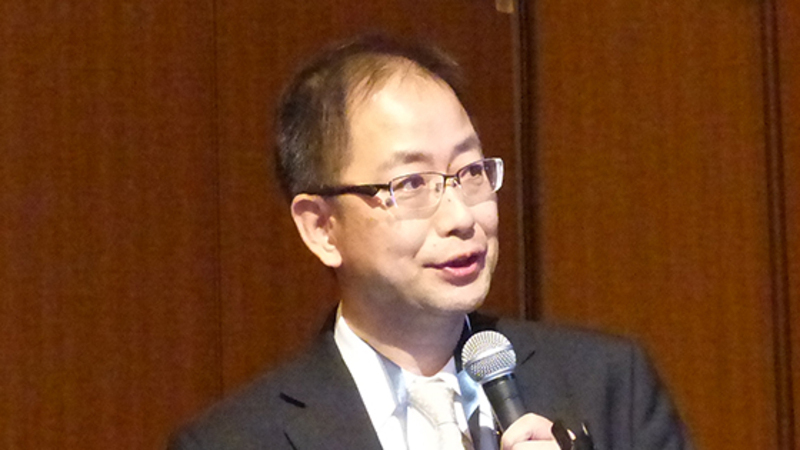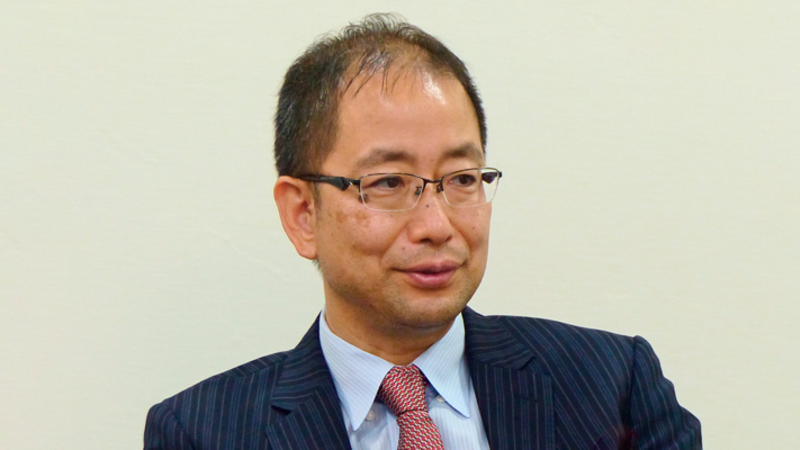In the MASTER DAPT study, in patients with a high bleeding risk (HBR) who received a Ultimaster sirolimus-eluting stent (U-SES), one month of dual antiplatelet therapy (DAPT) was compared to continued standard DAPT. It was non-inferior in assessing NACE (all-cause mortality, MI, stroke, and BARC 3/5 severe bleeding) and MACCE (all-cause mortality, MI, or stroke), but the rate of BARC 2, 3, or 5 severe/clinically-impacted non-severe bleeding was lower.
The Consideration of Antiplatelet Therapy after DES Implantation in HBR Patients from the MASTER DAPT Study

We asked Dr. Ken Kozuma of Teikyo University how we should interpret the results of this study and whether or not they can be applied to actual clinical practices in Japan.
Were the results of this MASTER DAPT study predictable to some extent?
There’s a belief that a certain reduction in bleeding events can be achieved by converting HBR patients to SAPT in one month, but it was slightly disappointing that BARC type 3 and 5 did not make any difference.
This study included native Japanese patients. Is it safe to assume that these results can be applied to actual clinical practice in Japan without the need to consider factors such as race?
Since this was a randomized study comparing standard DAPT and 1-month DAPT in high-risk patients with HBR only, I think the results can be applied to actual clinical practice in Japan, where there are many HBR patients. However, as is usual with randomized studies, the incidence of events was lower than expected, so the question remains whether the results can be applied to actual high-risk patients who face difficulties in the real world. Also, the number of East Asians enrolled in the study was small (approximately 200), and clopidogrel was mainly used, so there is some concern about the difference in efficacy of P2Y12 inhibitors. That said, I don't believe it had a significant impact in this case.
Can these results be applied to other DES?
In terms of SAPT at 1 month, some data have been obtained in clinical trials for other stents, and in those cases, I’d say it’s okay to apply these results. However, not all DES have shown good results in short DAPT, so we need to look at them carefully on an individual basis. It is important to note that at least the Ultimaster stent used in Japan has been shown to be safe for 1-month DAPT in HBR patients.
What percentage of HBR patients in this study will undergo PCI in clinical practice in Japan?
Since the protocol was decided before ARC-HBR came out, and because people who were about to undergo surgery were not included, some of the results are slightly inconsistent. However, I think it is safe to assume that it is almost the same as ARC-HBR. If that’s the case then it is possible that more than half of the patients in actual clinical practice in Japan were eligible for this study.
What impact will this study have on your own clinical practice?
It is already well established in daily clinical practice that the higher the risk of bleeding, the higher the risk of thrombosis, and such patients should be treated with a P2Y12 inhibitor monotherapy for as short as possible. In fact, the STOPDAPT-2 ACS study, which showed regressive results that led to the opinion that 12 months of DAPT would be better for ACS, may have more impact on actual clinical practice than the MASTER DAPT study.
Can you summarize the findings from this MASTER DAPT study as well as its significance from your own perspective?
It’s difficult to interpret the results since the real high-risk patients had already been excluded by the time the 1-month free event patients had been randomized. But it is significant that the result that "patients at high risk of bleeding should be treated with 1-month DAPT" was proven in a large randomized trial designed exactly for that purpose. It is worth consideration though that 30% of SAPTs contain aspirin alone, which may cause some hesitation in actual clinical application, and so we are still awaiting the results of further analysis.
ご注意 当サイト内の全ての記事と動画の転載・転送はご遠慮ください。なお、法律上保護されたコンテンツの無許可の転載、複製、転用等は、当該コンテンツの権利者等から損害賠償請求その他の法的手続を申し立てられ、事案によっては処罰される可能性、また、故意にそれらを受け取った場合も同様の措置を受ける可能性がございます。ご不明な点がございましたら当社までご連絡ください。



